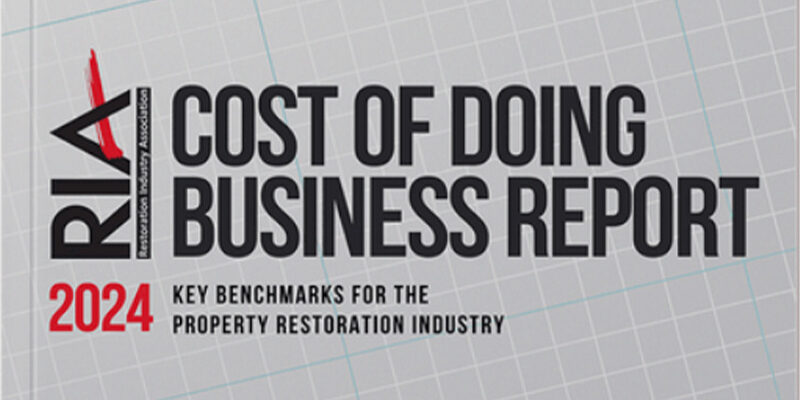Red Flag Customers and Bad Reviews

By Dan York
How do you avoid customers who post negative reviews about your company? Is it possible to spot red-flag customers?
We’ve all had them. It is almost impossible to avoid these days — the customer who spreads negative reviews about your company all over the net.
You know how it goes: You’re out there working hard to please everyone — doing your job, pricing things fairly, and then it happens. Some customer, usually the one who is impossible to please, threatens (or ends up) posting bad reviews about your company on Google Reviews, Ripoff Report.com, Angie’s List, and other places.
First, for anyone reading this who runs a fly-by-night company and is getting lots of bad reviews, you need to do some serious soul searching and clean up your act. This message is not for you.
For the rest of you who are running good businesses but who get that “one bad review,” read on…
You may wonder, is it possible to avoid these people who will inevitably write bad reviews before they even write them? Or even better, what if you could predict them even before signing them up? Well, you’re in luck, I have some tricks up my sleeve to help predict these red-flag customers so that you don’t even agree to provide them service in the first place.
There is one thing you must practice first, though, to be able to eliminate these people from your clientele: Do not get desperate for money.
You must somehow avoid giving into this fear. Whenever you are desperate for income, you will take money from red-flag customers who you know, deep-down, you should not accept a job from. And they are the ones that will give you the problems — every time.
Once you overcome desperation for income, use these tricks to say “no” to certain customers, generally the ones who will leave you bad reviews.
Watch for these indicators of trouble, and try not to sign up red-flag customers.
1. They tell you, the professional, how to do the job they hired you for.
Typically, a customer who does the latter is a person who will not be happy no matter what you do because he “knows best” … even though he hired you, the professional, to do the job. You may wonder why he hired you in the first place. We won’t get into the psychology of it, but let’s just all remember this guy. We’ve all met him before.
2. They are unwilling to sign paperwork.
This is a huge red flag. Paperwork makes the business world go around. Any professional knows it. Amateurs learn it the hard way, and the first time they’re likely to wind up in a lawsuit.
Agreements are done in writing, if it isn’t in writing it isn’t true. If someone has a weird unwillingness to fill out your paperwork, this is a catastrophe in the making. Anyone who is going to be a good client, will be fine with filling out your paperwork.
3. They talk trash about companies that came before you and how they creamed them with bad reviews on the internet.
I love this one. Some people hearing this from their potential new customer might think, “All those other guys sucked,” and even might think “He’s right; they deserved bad reviews.”
But what would make you think your company would be any different? What’s the likelihood all those other companies were bad? Even if they were, what kind of person brags about spreading bad reviews about a company all over the internet?
Don’t be naive. Sign up this guy, and you’re potentially his next bad review. This is what he does in his free time — don’t become his future free time.
4. Their payments bounce right away.
Card or check bouncers are always suspect. Why? By bouncing their first payment, it shows right away that they cannot afford you. And, once they find themselves in a financial bind and have no more money, you know what they might do?Call and threaten bad reviews unless you give them their money back.
Financially qualify your client a bit to see if they can afford you. If not, don’t become part of their future financial hostage negotiation.
5. Trust your gut about red-flag customers.
This should be obvious. Think about it: Every single customer you’ve ever had a problem with, I’m willing to bet, you knew was a problem when you were signing them up. So, trust your gut. If you think they are trouble, do not sign them up. Do not be blinded by money.
Signing up bad customers when you know you shouldn’t will cost you way more than money — it will cost you your sanity.
Dan York is the founder and CEO of Stellar-eMarketing and is a seasoned entrepreneur, internet marketing expert, and administrative and marketing consultant as well as a veteran public speaker. More information is found on York’s websites: www.Stellar-eMarketing.com and www.water-damage-marketing.com.












